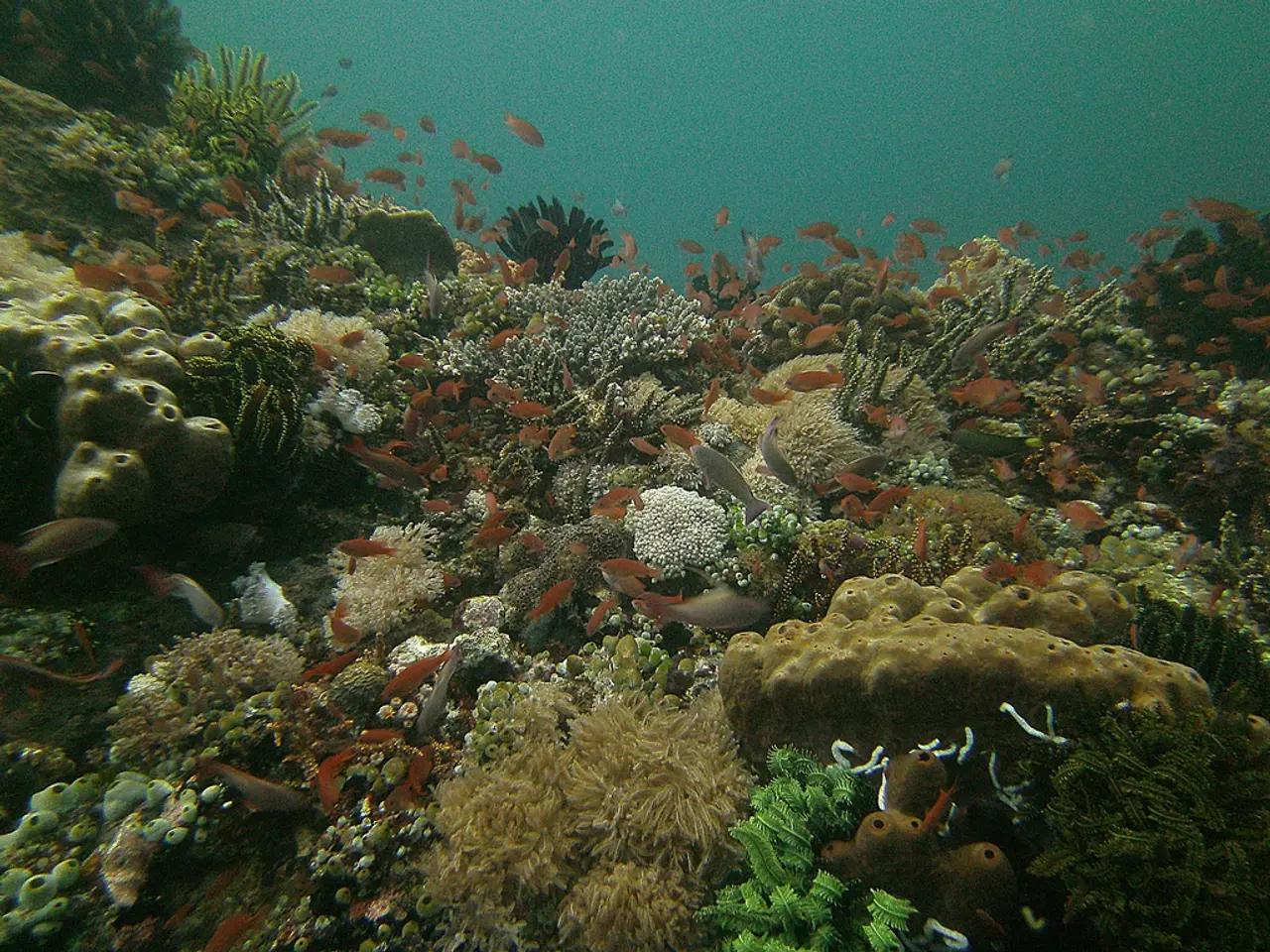The Functioning of the California Air Resources Board (CARB)
California's Air Resources Board Leads the Way in Emissions Regulation
California, known for its picturesque landscapes and vibrant cities, is also at the forefront of combating air pollution. According to a recent study by the American Lung Association, five of the top 10 cities most polluted by long-term particle pollution are in California [1]. This is a testament to the critical role played by the California Air Resources Board (CARB), a state agency dedicated to improving air quality.
CARB, a part of the California Environmental Protection Agency, has been instrumental in setting and enforcing strict vehicle emissions standards since the 1960s [2]. The board's mission is to promote and protect public health, welfare, and ecological resources by effectively and efficiently reducing air pollutants while recognizing the economic impact on the state [2].
One of CARB's key initiatives is the regulation of vehicle emissions. The state has categorized motor vehicles into several classes, including LEV (Low Emission Vehicle), ULEV (Ultra Low Emission Vehicle), SULEV (Super Ultra Low Emission Vehicle), PZEV (Partial Zero Emission Vehicle), and ZEV (Zero Emission Vehicle) [3]. These stringent regulations help California meet its state-specific ambient air quality standards, which are often more rigorous than federal National Ambient Air Quality Standards (NAAQS) [2].
CARB's efforts extend beyond vehicle emissions. The board has implemented air quality improvement programs, such as California's cap-and-trade program for greenhouse gases, which incentivizes emissions reductions across sectors [1]. The board has also produced the Air Quality and Land Use Handbook, offering guidance on siting sensitive land uses near pollution sources to minimize exposure to toxic air contaminants [2].
Moreover, CARB addresses environmental justice and air quality disparities by using advanced sensor-equipped vehicles to monitor pollution in underserved communities, targeting sources of disproportionate air pollution exposure [4]. This proactive approach is crucial in improving equity in clean air access.
California's leadership in emissions regulation has had a ripple effect. Currently, 16 other states have either adopted or are in the process of adopting California's strict emissions standards [1]. These states include New York, New Jersey, Massachusetts, Maine, Connecticut, Rhode Island, Pennsylvania, Vermont, New Mexico, Oregon, Washington, Maryland, Florida, and several others. Often, the Environmental Protection Agency (EPA) adopts California's standards a few years after the state institutes them [1].
However, California's efforts to regulate greenhouse gases have faced challenges. In 2006, California Governor Arnold Schwarzenegger signed a bill that would allow the state to regulate greenhouse gases starting with 2009 model year vehicles, but the EPA has denied the state the ability to do so [5]. Currently, CARB is suing the federal government to overturn the EPA's decision.
Despite these challenges, California continues to push for cleaner air. By 2050, Cackette predicts a market comprised of vehicles running mainly on biofuels, fuel cells, and electricity, with no more than 10 percent of the market running on gasoline, and those that do having to get 70 mpg (29.76 km/l) or better [6].
California's pioneering and comprehensive regulation of vehicle emissions and other pollution sources has been instrumental in maintaining some of the strictest air quality standards in the U.S., reducing health-harming pollutants, combating climate change, and addressing environmental justice issues [1][2][4].
References:
- American Lung Association
- California Air Resources Board
- California Air Resources Board: Vehicle Emission Standards
- California Air Resources Board: Environmental Justice
- California Air Resources Board: Greenhouse Gas Emissions
- California Air Resources Board: Zero-Emission Vehicles
- The California Air Resources Board, in its mission to promote health and welfare, implements stringent automotive emissions standards, categorizing vehicles into categories like LEV, ULEV, SULEV, and ZEV.
- Beyond vehicle emissions, CARB is also involved in environmental science, developing air quality improvement programs, such as California's cap-and-trade program for greenhouse gases, aimed at reducing emissions across sectors.
- CARB's efforts in science and technology extend to the use of advanced sensors to monitor pollution in underserved communities, addressing health-related issues and ensuring equity in clean air access.
- The board's initiatives, rooted in science and engineering, have influenced 16 other states to adopt or consider adopting California's strict emissions standards, potentially affecting automotive industries and fostering a shift towards medical-conditions-friendly vehicles.
- On the cultural and historical front, California's leadership in emissions regulation serves as an example to nations worldwide, showcasing a commitment to health-and-wellness, climate-change mitigation, and environmental-science.
- As technology advances, CARB projects a future market dominated by biofuels, fuel cells, and electricity, with scarcely any gasoline-powered vehicles, in an effort to address both health and environmental concerns.
- Despite legal barriers in regulating greenhouse gases at the federal level, California continues to champion emissions regulation, demonstrating resilience and commitment to improving its environment and the health of its residents.




